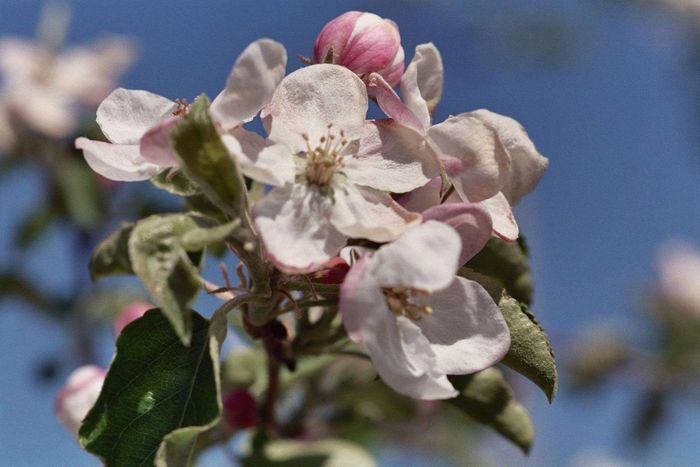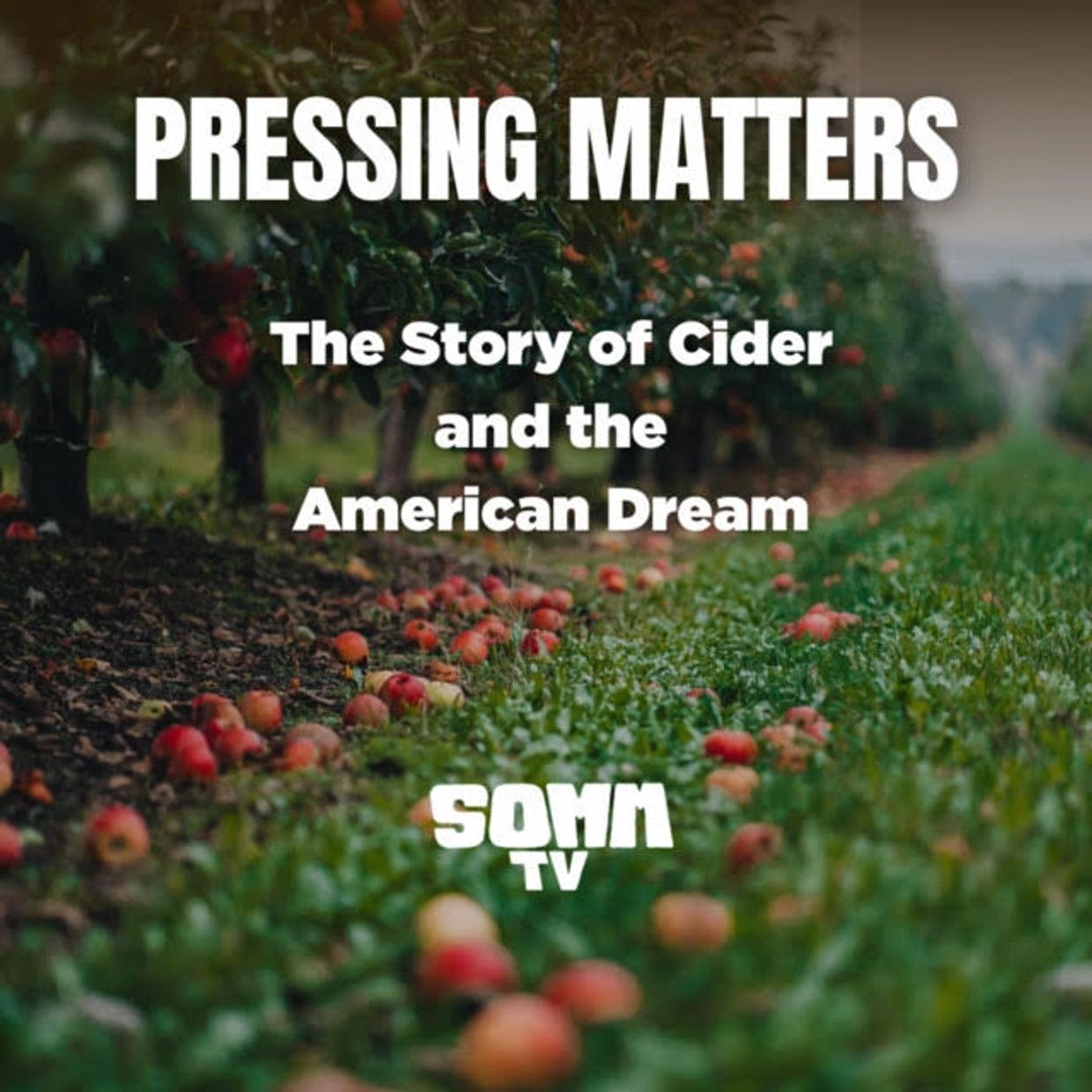Notes from the Pomosphere

Apple varieties, ciders hard and sweet, books, articles, cultivation, recipes, uses, and more.

Apple varieties, ciders hard and sweet, books, articles, cultivation, recipes, uses, and more.

The simple apple - it is in our lunches, on our teacher’s desk, and occasionally made into a delicious alcoholic drink called Cider. Did you know that the apple and the drink made from its fruit is hiding one of the greatest stories ever told? On today’s episode we tell the tale of how America was founded and built using Cider. The incredible origins of the apple, how cider pushed us westward and kept us together as a nation, and how it tore us apart. We also try to find the long lost apples the founding fathers grew hundreds of years ago. Join Jason Wise & author Ben Watson as we tell the story of Cider and the American Dream. If you love this podcast, please be sure to leave us a review wherever you get your podcasts. Don’t forget to pick up your copy of our blind tasting card game at blindersgame.com and make sure to subscribe to sommtv.com to watch our films and shows.
Host: Jason Wise
Description: Jason Wise, the director of the SOMM films, takes you deep into wine, food, and the stories that surround it. From our films, upcoming shows and great wines of the world to sports, celebrities, and major events impacted by the culinary world. The SOMM TV podcast is simple, it's about everything.
Past Guests: Isiah Thomas, Will Blackmon, Steve Matthiasson, Paul Hobbs, Stephanie Mutz, Sarah Thomas, Sabato Sagaria, Bobby Stuckey, Dave Gibbs, Jay Fletcher, Jonah Beer, Anthony Zhang, Greg Lambrecht, Hugh Johnson, Jess Lander, Carlo Mondavi, Charles Woodson, Braiden Albrecht, Kyle MacLachlan, and more..

It’s often said that “Beauty is in the eye of the beholder.” But I have yet to meet
anyone who does not find the ‘Winter Banana’ apple objectively beautiful. With its
smooth, pale yellow skin and often a cheery rose-pink blush, it almost looks like a
phony, as if some makeup artists had come along and worked their magic on it.
That almost unnaturally perfect appearance may be the reason that my old apple
mentor, Tom Burford, always used to say that Winter Banana typically was the
feature in fruit gift baskets in the days when they were common gifts for hostesses
and hospital patients: it just looked too platonically good to be true, yet it was.
As to the variety’s name, I’ve never found much aside from the yellow skin
color that reminds me of a banana. Both the aroma and flavor of this roundish and
decidedly non-banana-shaped dessert apple are quite mild, but some people with
more sensitive and sophisticated palates than my own claim that the fruit has a
kind of light “muskiness” that they associate with bananas. Perhaps they’re thinking
of some other type of banana than the ubiquitous ‘Cavendish’ variety that rules the
U.S. market.
This apple, sometimes confusingly called just ‘Banana’, was first grown as a
seedling tree around 1874 by farmer David Flory, Sr. in Cass County, Indiana.
Flory originally named the apple for himself (how typical, and how modest!) and
sent some of the fruit to Michigan nurseryman Charles Greening, who introduced
the apple to the trade in 1890 as Winter Banana, declaring it to be “the most
beautiful and delicious apple” he’d ever seen. (Nothing like a nursery catalog to
pump up the virtues of practically anything.)
That said, Winter Banana deserves more appreciation today. Growing up in
New England I rarely saw it for sale, except at the estimable Gould Hill Farm near
my childhood home. I knew it only as a very attractive, mild-tasting dessert apple.
However, in recent years, as I’ve traveled to other parts of the country for apple
and cider research, I have found that Winter Banana enjoys greater recognition
and respect elsewhere, especially in its original birthplace of Indiana and Michigan.
In these two states it is widely enough grown to be a modest component in cider
blends. And it is particularly valuable for warmer growing regions in the South and
on the West Coast because it requires fewer chill hours to fully winterize and then
break dormancy in the spring.
This variety can be rather susceptible to the major apple diseases, but its
only other real drawback, as far as I’m aware, is the tendency to bruise easily with
rough handling. That’s undoubtedly one reason it isn’t an important commercial
variety today: I can’t picture shipping these apples very far, much less halfway
around the world, without extra-special care and handling.
Attributes